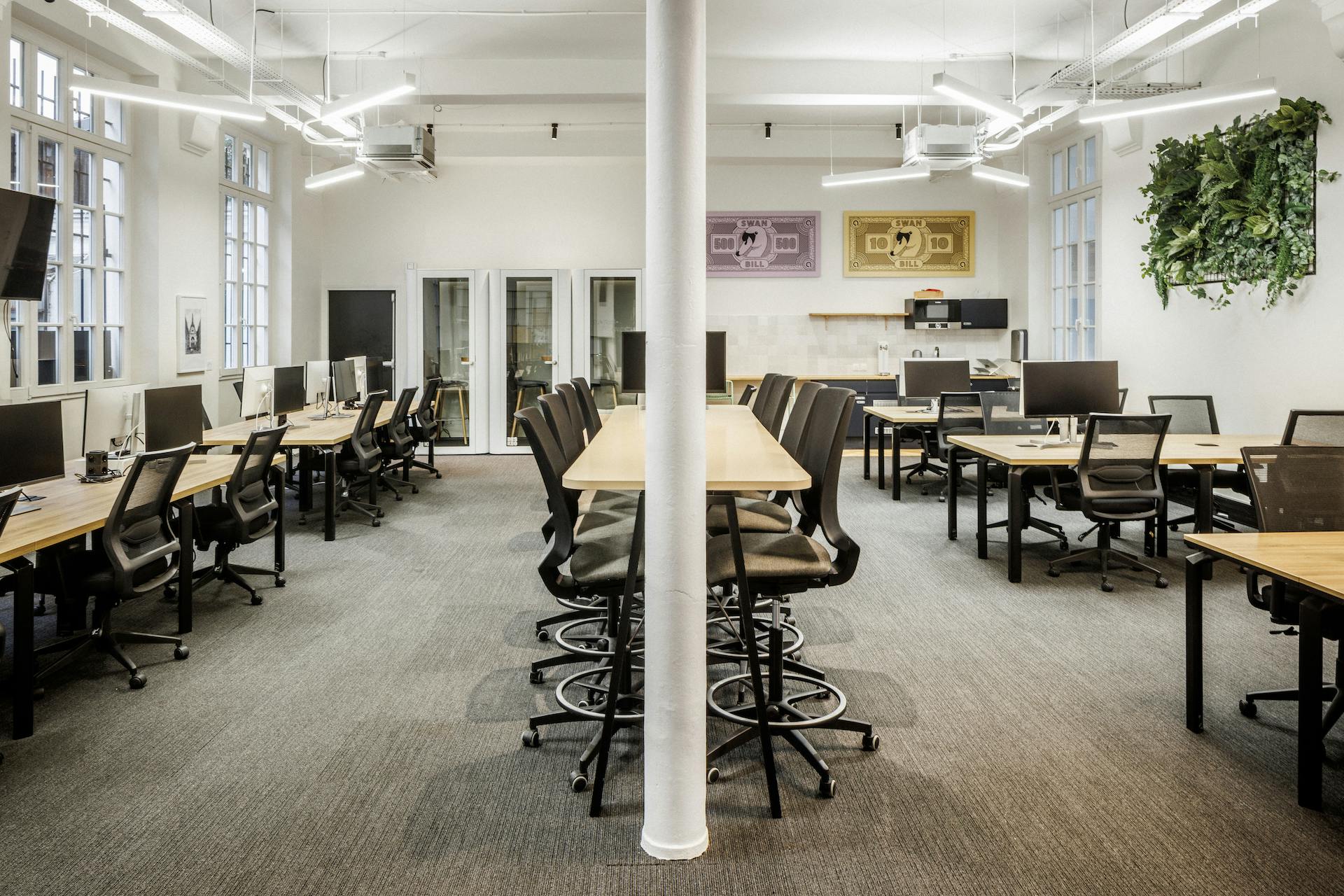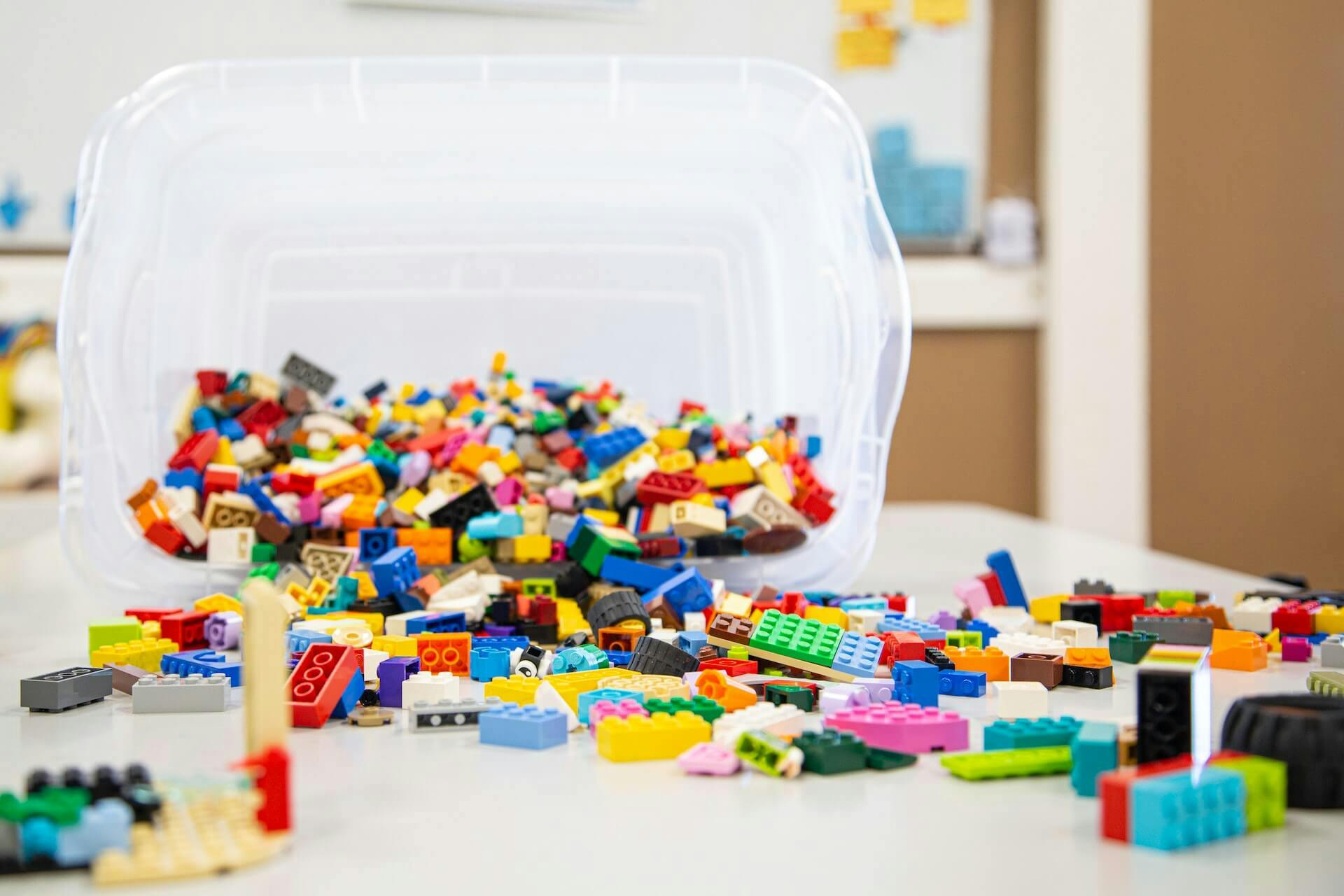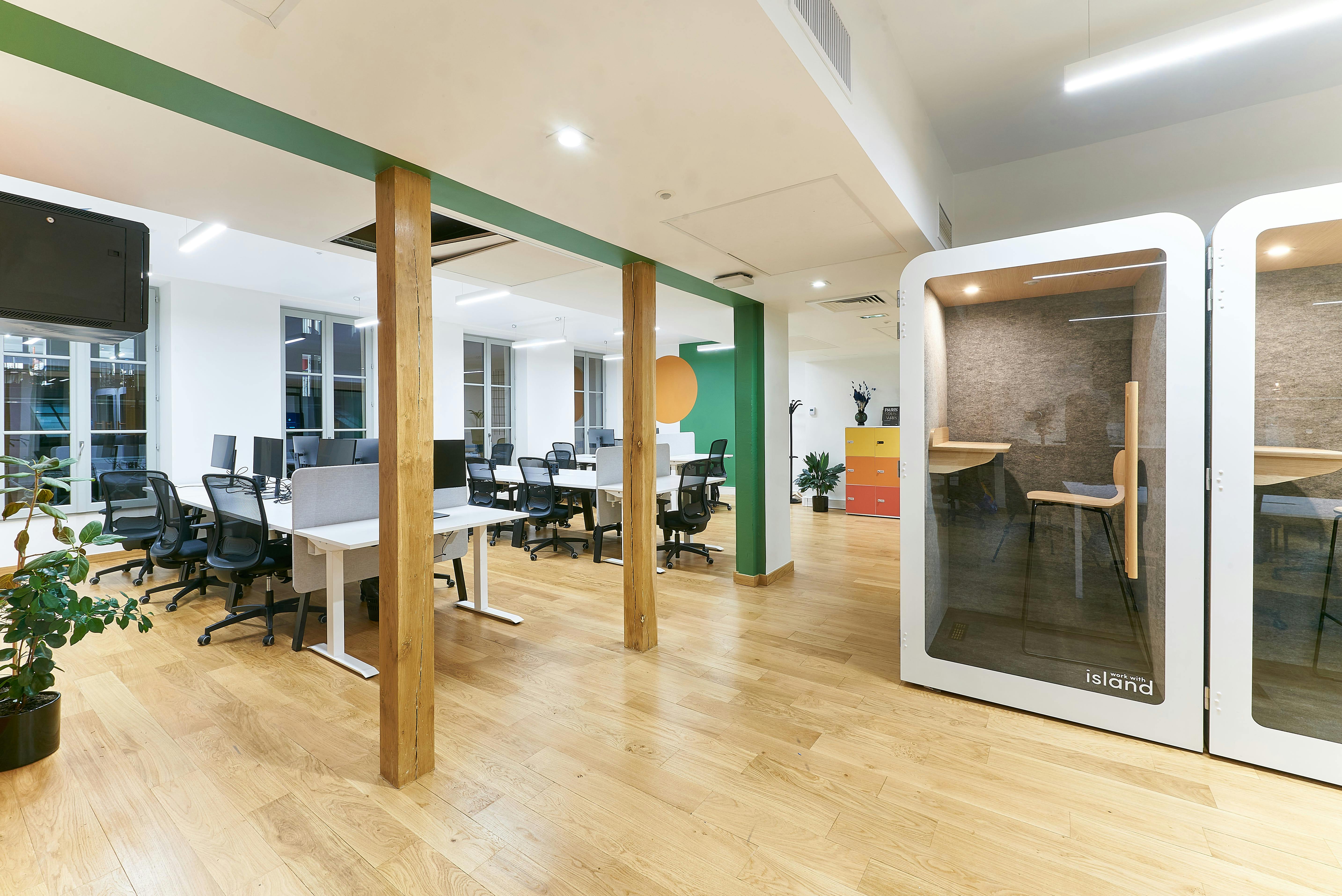

Building post-COVID offices with LEGO

Covid-19 has changed the world of work in the short and medium term. Today it is the Danish group LEGO, creator of the famous range of construction toys, which shares with us its vision of post-Covid offices. During this meeting, Jesper Ambrosius explains to us how this global pandemic is, for him, an opportunity to rethink the role of the office.
Can you tell us more about LEGO's workplace experience strategy?
In concrete terms, our mission is to create work experiences that enable LEGO employees to develop in the best possible way. This also includes attracting and retaining talent from all over the world and getting them to embrace what we call the LEGO values. We want people to feel the same way about working for LEGO as they do about building worlds with LEGO games. They are two different things, but the feeling of creativity, joy, pride and fun that you get from building a world with LEGO, we want to bring to the workplace. Things are changing, where the conception of the workplace was to create a place where employees could be fulfilled, it is now about creating places that attract employees. Especially since the health crisis. That is, we have moved from commitment to experience. And this is done through a whole range of initiatives, from social benefits to access to the gym... Everything is done to create a community with a strong sense of belonging. In fact, we aim to make the workplace a fun space and to create experiences that you wouldn't find at home in a teleworking environment. That's how we make the workplace really attractive!
As an economist by training, what is your perception of the post-covid 'hybrid' way of working?
When I started my job, I realised that we knew a lot about our customers, but not much about our employees and colleagues. I wanted to strengthen our knowledge in this area. In this period of confinement, I asked the employees: what kind of activities would you rather do in the office than at home? And why would you like people to come back to the office? It turned out that in the office, employees like to have social interactions, to talk informally with colleagues in the break, to work in teams, to have more formal meetings... The majority of people prefer the office setting for this. On this basis, one could conclude that the role of the office is to promote social interaction, to learn to connect with colleagues and customers, and to enhance creativity and innovation. This is why we believe that full teleworking is not suitable, as full face-to-face working has shown its own limitations. In fact, 90% of respondents say they want a 'hybrid' model between office and home office.
Did you take any initiatives during this pandemic period to encourage social interaction among employees?
Before Covid-19, my team was responsible for "physical" work experiences, and everything changed abruptly. Now we are already trying to figure out what a good digital work experience is. There are some things we've been experimenting with this past quarter that I think have worked. For example, I realised that we need to create free digital spaces, like digital rooms, where we can meet during the week, without a fixed agenda, to recreate an informal meeting in front of the coffee machine. So every Friday we booked half an hour where everyone could, or could not, join the meeting to discuss something other than work. These informal connections will probably continue to exist in a hybrid working model.
How are collaboration and creativity organised at LEGO with these new constraints?
Initially, we imagined working in a flex-office, where everyone can sit wherever they want. The idea behind this was to increase the likelihood that people would interact socially and mix. By facilitating this social environment with our office design we thought we would increase creativity and innovation. Then we realised that employees were not developing a sense of belonging. We felt the need to create 'team zones', so that no one felt isolated. So there are alternating moments of reflection alone in the flex office, and moments of innovation and creativity in a group meeting.
What is a playful activity according to LEGO?
There are 5 characteristics of a playful activity: it is joyful, it is socially interactive, it is engaging, it is iterative and it is meaningful. This definition comes from the LEGO Foundation's research in partnership with Harvard and Cambridge. It is what characterises LEGO games, but it is also what should characterise the atmosphere of our workplaces. It's that playfulness that fosters creativity and collaboration. I imagine that our workplace in a few years' time will facilitate meetings and, because we have a playful work culture, it will have to be playful too, with dynamic meeting spaces equipped with various tools.
In the office, how do you create a playful atmosphere?
"LEGO home", as we call it, is this desire to develop a "home-like" atmosphere. Of course, we don't want our workplaces to be our employees' home, because we don't want them to work endlessly, but we do everything to make them feel as comfortable in the office as they do at home.
Why did LEGO design offices in several locations?
Originally, the main reason was to attract talent and to be close to that talent. Our offices are talent magnets. It's much easier to attract talent in a city like London than in Billund, Denmark. For those who can't come to Billund, there are our hubs. Once a person enters one of these hubs, it is very important for us to keep them there, which is where my team plays an important role, to make their experience unique. This is precisely the threat of working full remote, not being able to retain employees in the company.
Have you made any case-by-case distinctions for your employees?
We try to personalise the work experience for each of our employees. We often experiment with an idea on a small scale: in our team or nearby teams and then, if it works, we expand it to LEGO as a whole. It's about watching the changes and understanding what our employees prefer. It's always a balance between what LEGO wants and what everyone wants.
What is the long-term strategy for the use of LEGO offices?
At the moment some of our offices are unfortunately still empty. We have a general 'precautionary' approach. And it is this precaution that has guided us in most of our decisions. We have also taken precautions for a safe return to the office, with information panels on the right behaviour to adopt, hydro-alcoholic gel... We have also created our own software to manage the occupation of the spaces. What's important to us is not only that everyone comes back to the office safely, but that the sense of belonging is preserved in each team. So we made sure that the teams could physically come together. And once they're together, we make the most of that time together.
To sum up, I think it takes more organisation and planning to get the best out of hybrid working. But I believe that hybrid working brings opportunities, including the opportunity to expand our offices without having to expand the space.


Contact Us
We find your Perfect fit!
